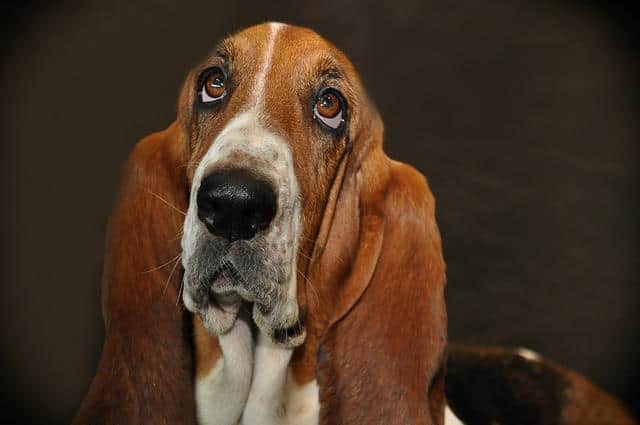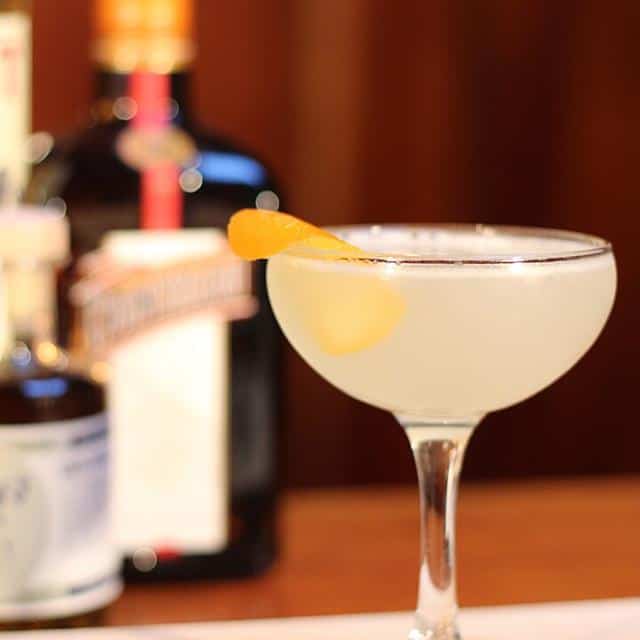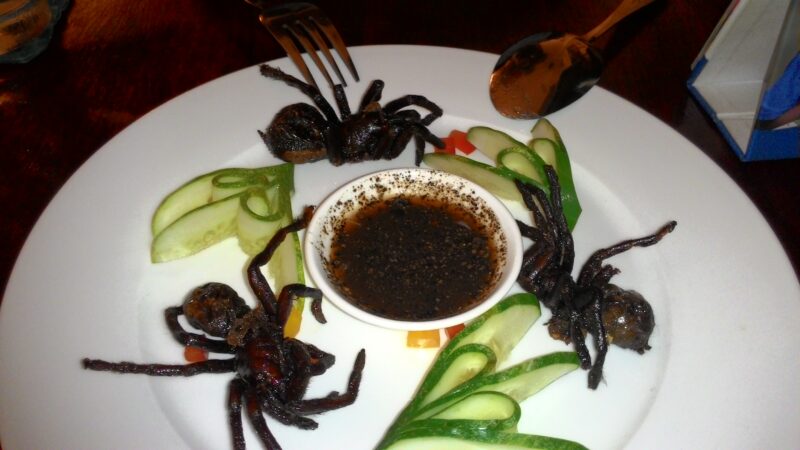Where does the expression “hair of the dog” come from?

The Go-To Hangover Fix: “Hair of the Dog”
Ah, “Hair of the Dog” – the trusty, age-old cure for the morning-after blues. It’s like that familiar friend who always knows how to lift your spirits after a wild night out. This phrase has become the go-to remedy for hangovers, uniting partygoers across time and space in their quest for salvation from the clutches of too much booze. There are even cafes and bars that specialise in “hangover brunching”, Bloody Marys and “Corpse Revivers”.
Take a hair of the [rabid] dog that bit you
But where does the phrase itself come from? The literal interpretation comes from the historic and widely held belief that if a rabid dog bit you, you could apply a hair of that same dog to the wound and it would cure it, in folklore this is an example of “sympathetic magic”. In a hangover context, this might mean that consuming more of the same wine or beer that led to the hangover could alleviate the symptoms.
The “hair of the dog” can also be the idea of confronting the source of your misery head-on, much like facing a dog that has bitten you. In this sense, drinking more alcohol in the morning becomes a bold attempt to combat the hangover, often with mixed results.
The Danish equivalent of the expression is “med ondt skal ondt fordrives” (evil must be banished with pain), we also have the English expression: “fight fire with fire” (which when you think about it doesn’t sound like the logical way to go).
Sympathetic magic
Sympathetic magic is the belief that like influences like. It’s based on two fundamental principles: the Law of Similarity and the Law of Contact. The Law of Similarity suggests that by mimicking or symbolizing something, we can affect the real thing it represents. For instance, using a voodoo doll to influence a person’s well-being.
The Law of Contact, on the other hand, says that objects or substances that were once connected continue to have a link, allowing changes to one to impact the other. For instance, in some cultures, people believe that possessing a lock of someone’s hair, a piece of their clothing, or even a photograph can create a connection between the person and the item.

Why is it a called Bloody Mary?
Aside from the obvious relation between the colour of the tomato juice and the colour of blood, there are many ideas about the origins of the name.
- Queen Mary I of England: One theory links the cocktail’s name to Queen Mary I of England, who ruled in the 16th century. She was famously known for her efforts to restore Catholicism in England, leading to a period of religious persecution and executions, including having 300 protestants burnt at the stake, which earnt her the nickname “Bloody Mary.”
- Comedian George Jessel: Another popular theory attributes the cocktail’s name to George Jessel, a comedian and actor from the early 20th century. Jessel claimed to have invented the drink in the 1920s and named it after a girl he knew named Mary who was a redhead and had a fiery personality.
- A ghost covered in blood: Bloody Mary is the name of a legendary ghost that appears to you in the mirror if you chant her name 13 times in a darkened room (please try this at home and let me know your results in the comments below).
What is a corpse reviver?
The corpse reviver was a popular 1930s cocktail served at hotel bars the morning after the party. There are two recipes:
Corpse reviver #1 – Cognac, Calvados, Vermouth
Corpse reviver #2– Gin, lemon, Cointreau, Lillet blanc (wine and fruit infusion), Absinthe
(The Savoy №2 recipe noted that “Four of these taken in swift succession will unrevive the corpse again.”)

Does hair of the dog actually work?
If we’re talking about placing a hair of the dog on the dog-bite wound then I’m sorry but there’s no evidence that this works, if anything it will probably cause infection of the wound. In fact there’s no cure for rabies and, apart from death, it also causes hydrophobia (fear of water) and ancraophobia (fear of drafts).
However hair of the dog, as in drinking alcohol the day after a hangover, does actually work! (sort of). According to Immunologist, nutrition and lifestyle expert Dr Jenna Macciochi, drinking alcohol the day after delays the processing of alcohol which causes the hangover and can give you a rush of endorphins which might help you cope with the effects of the hangover. The bad news is it’s just delaying the inevitable and the hangover will be worse in the long run.
Bonus fact: There are 47 different symptoms of a hangover including regret and uncontrolled eye movement.

Best way to cure a hangover
Drinking water: the headache is actually caused by your brain shrinking from dehydration and pulling on the membranes that attach it to your skull, so pump that brain back full of water!
English Breakfast or anything high in protein: your body produces toxic acetaldehyde when processing alcohol. Amino acids found in protein-rich foods process that acetaldehyde. But not just a fry-up, also try chicken, eggs, turkey, yoghurt, cheese, sunflower seeds and legumes like peas and beans which can work just as well.
Leafy greens: Reduce inflammation caused by alchohol
Sleep: Alcohol causes poor sleep, so take a nap to help you feel better
Sources:
Where Did The Expression “Hair Of The Dog” Come From?
A Hair of the Dog and Some Other Hangover Cures from Popular Tradition
Frank M. Paulsen
What Causes a Hangover Headache? Purple Tree
Where Did The Expression “Hair Of The Dog” Come From? – Dictionary.com
Featured image by Doris Metternich from Pixabay






